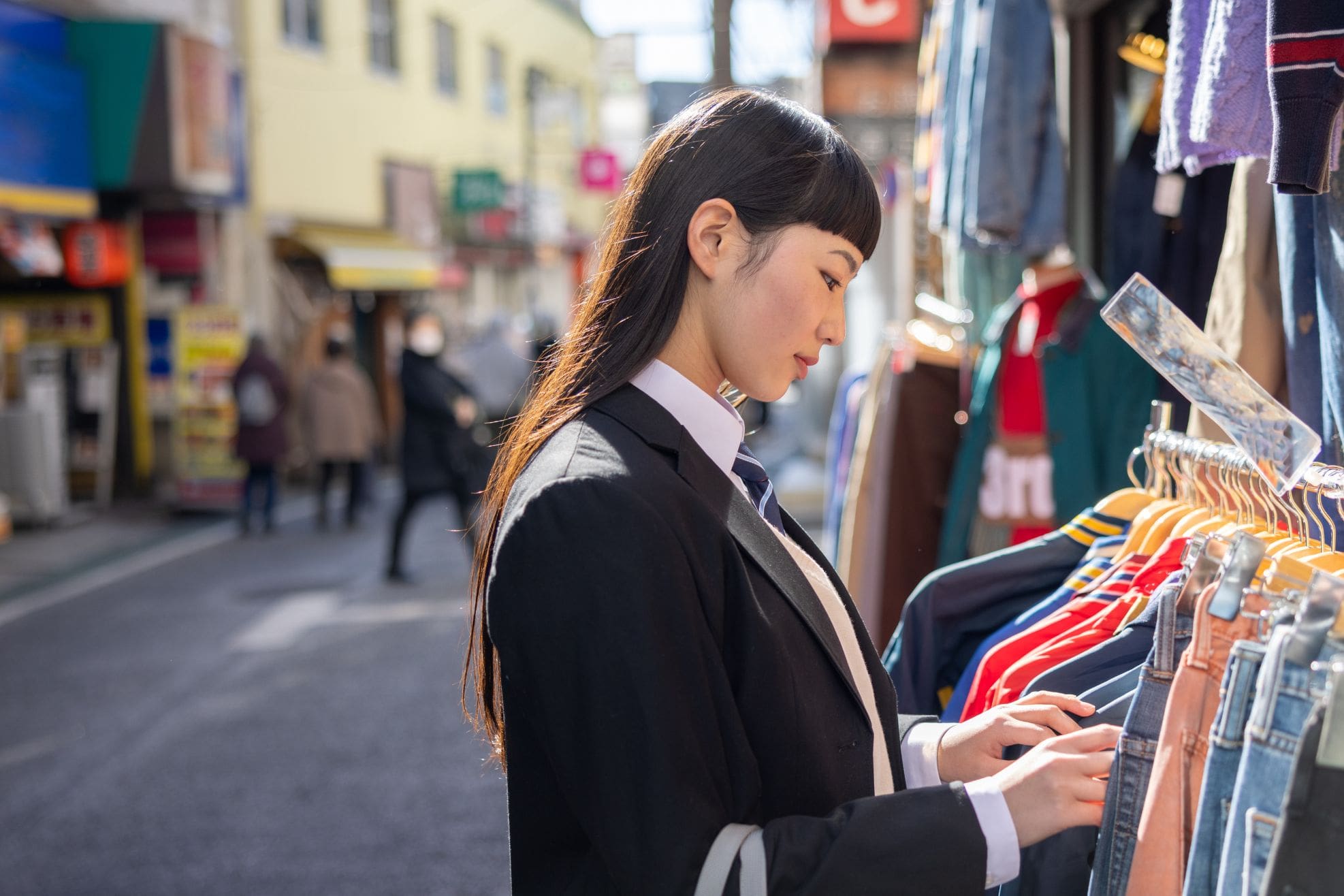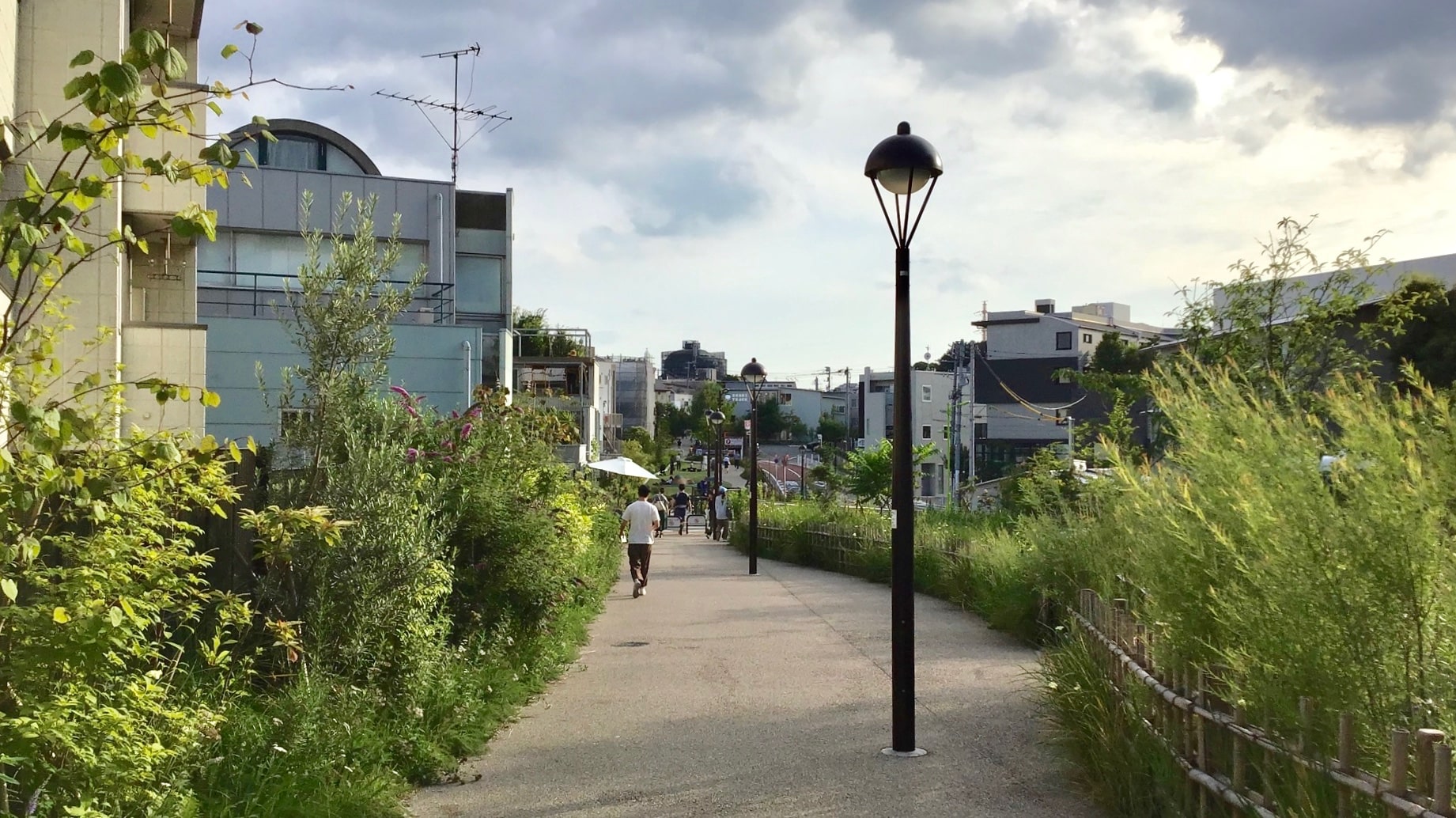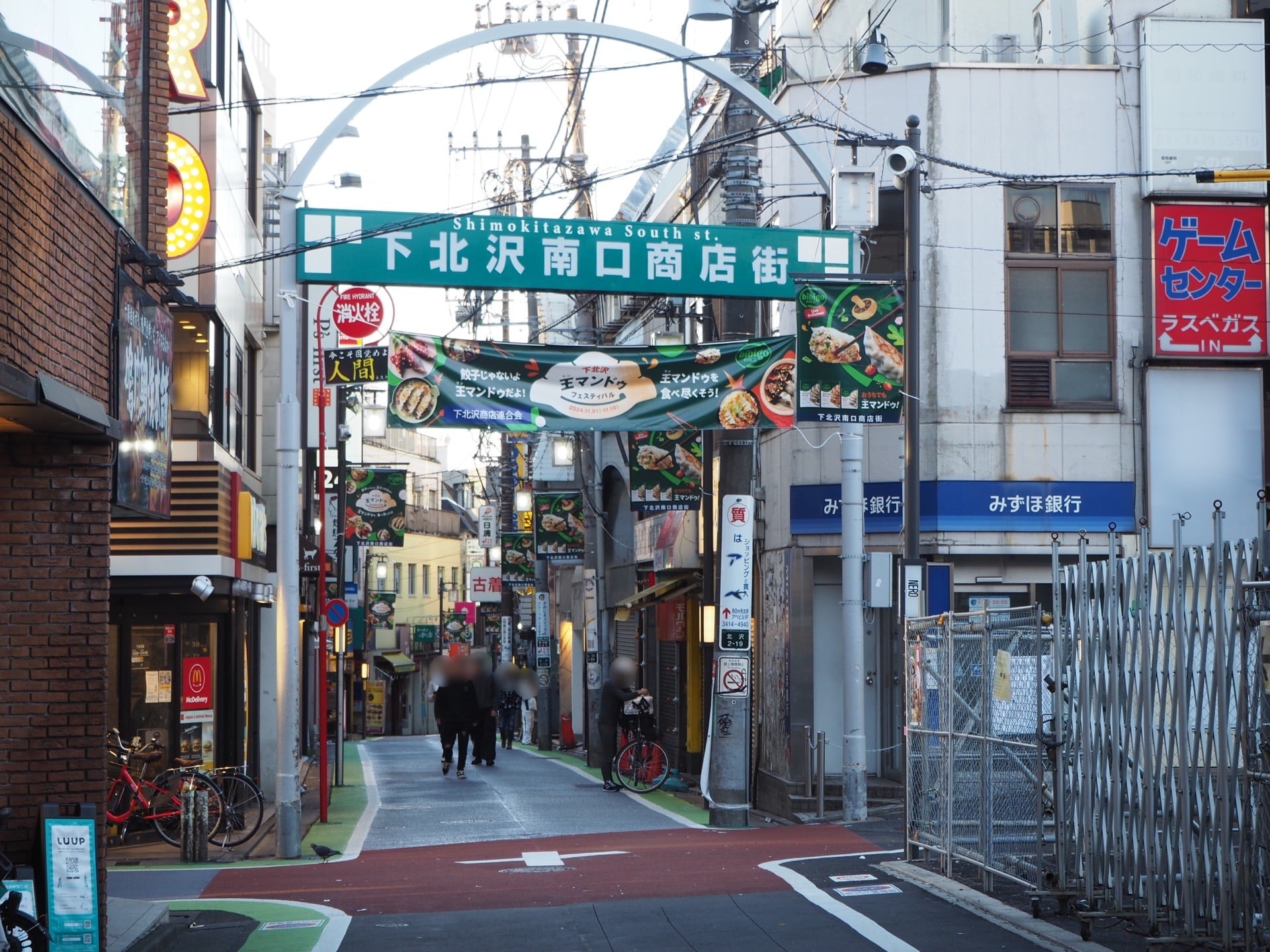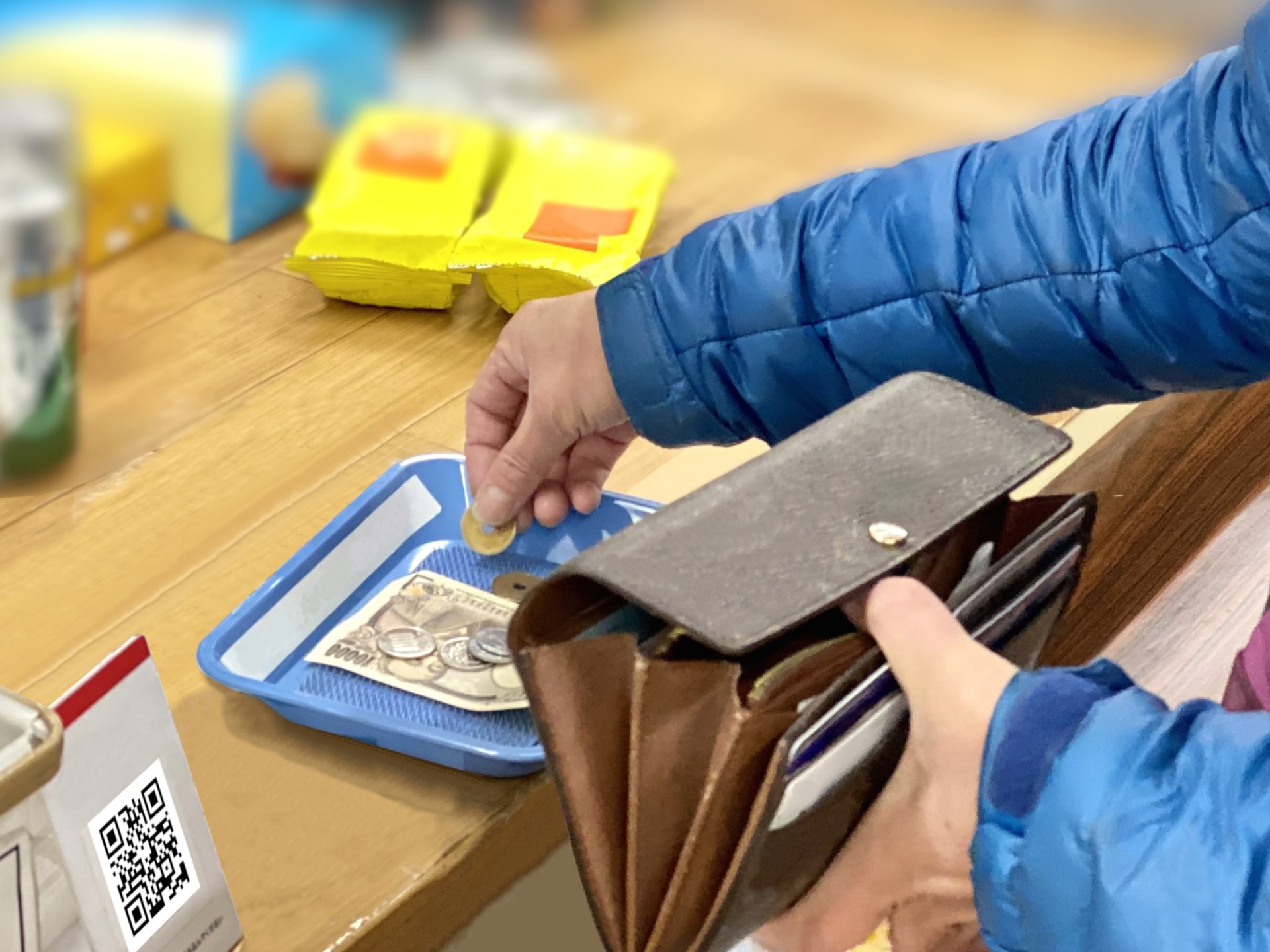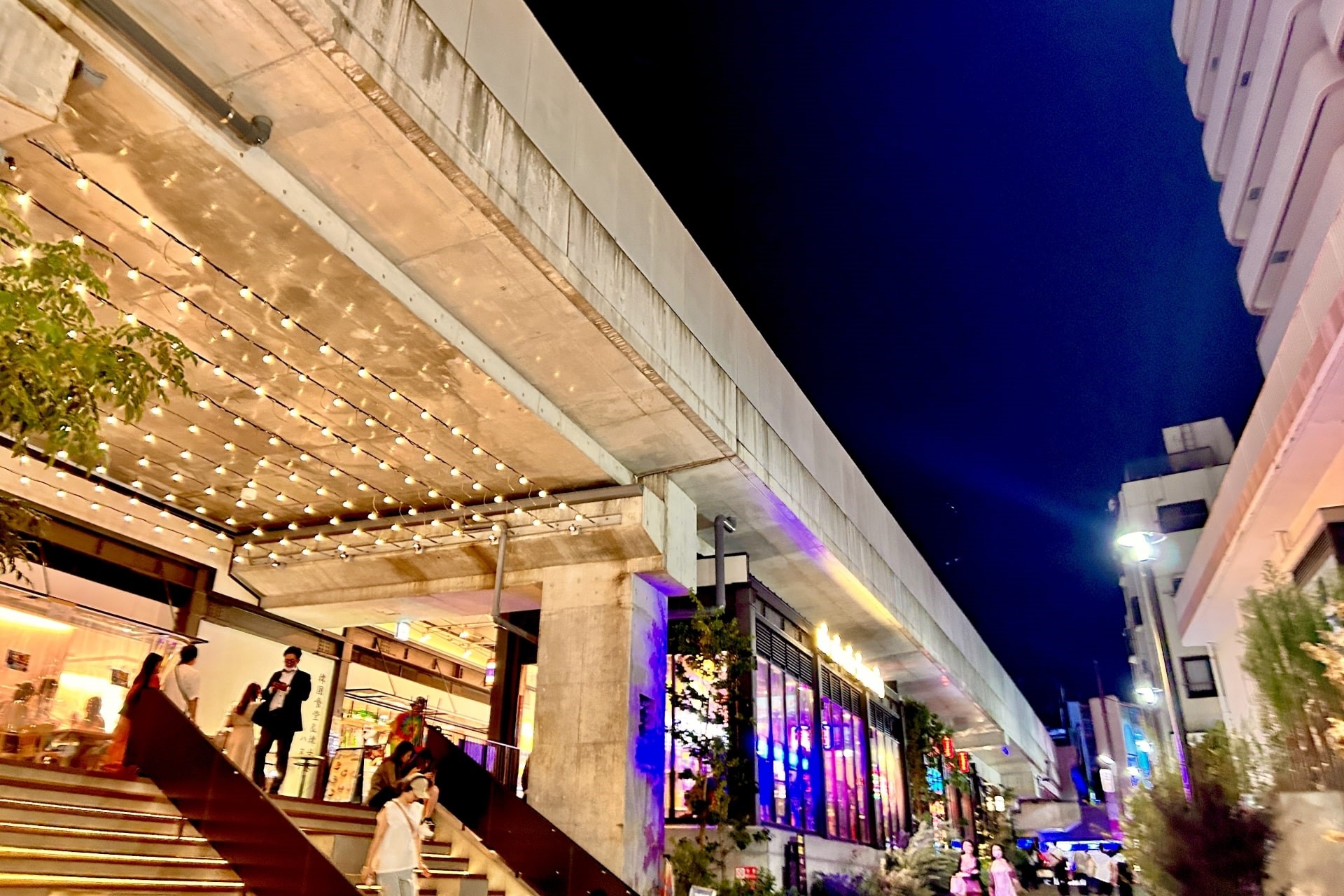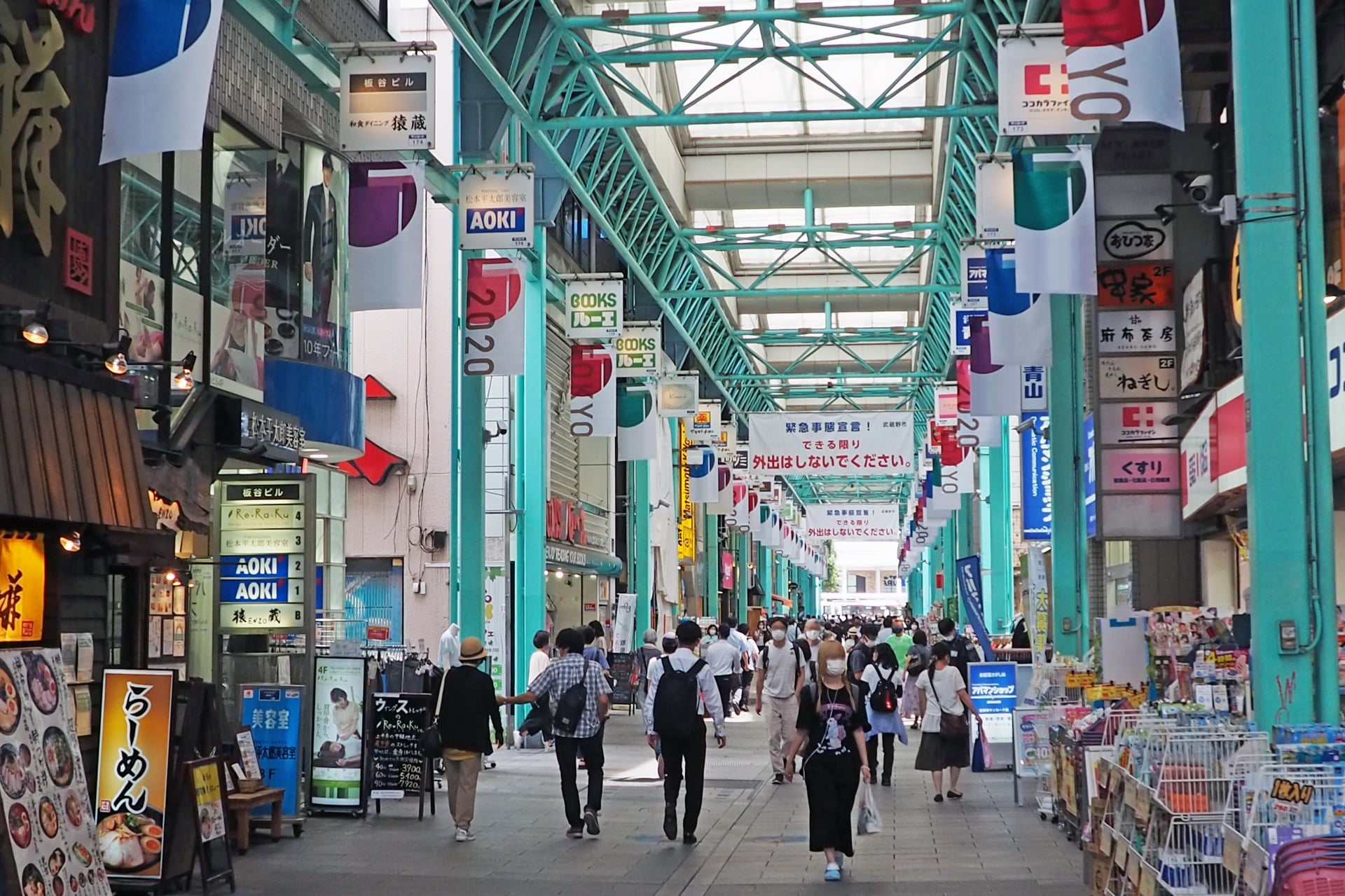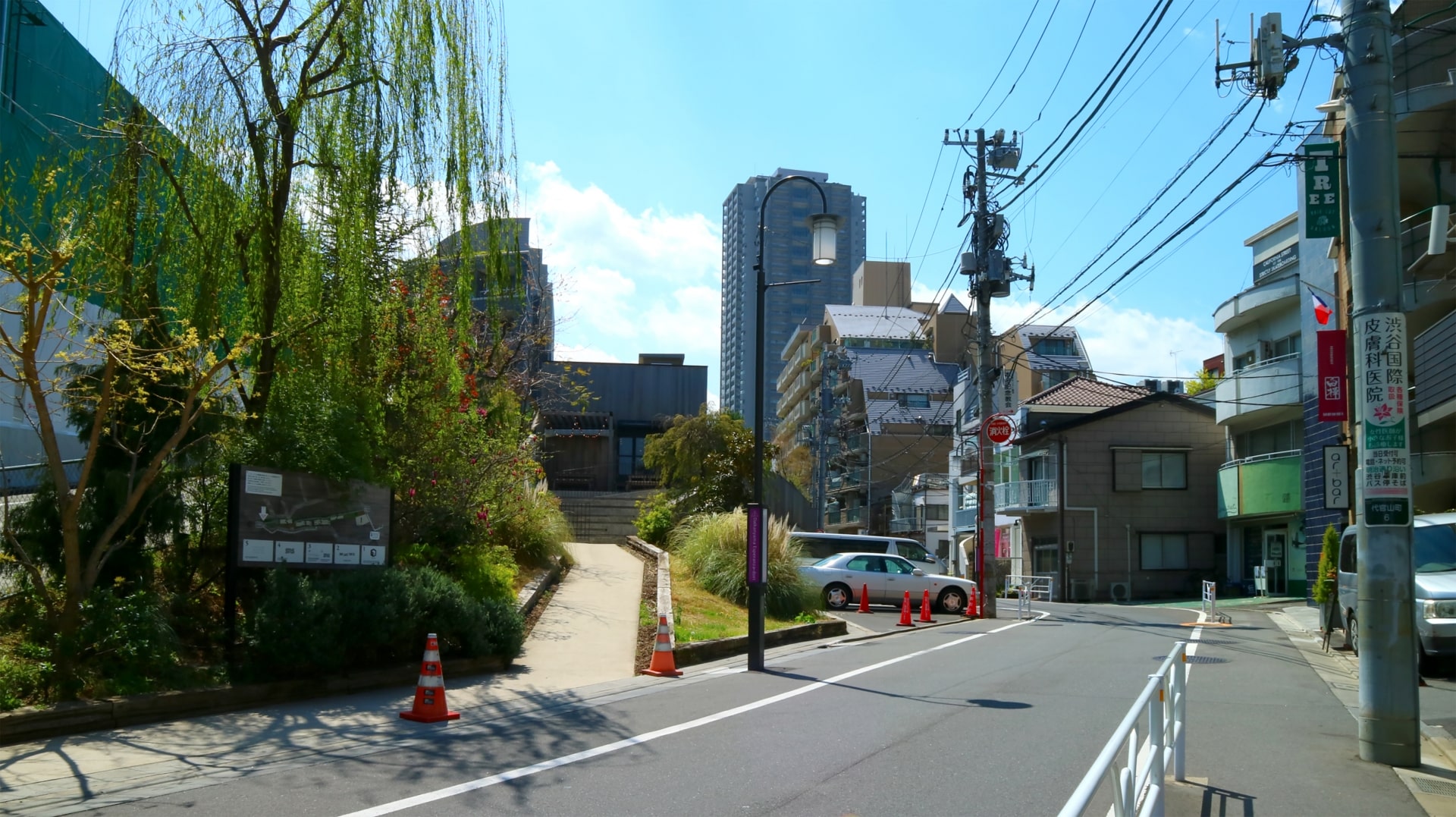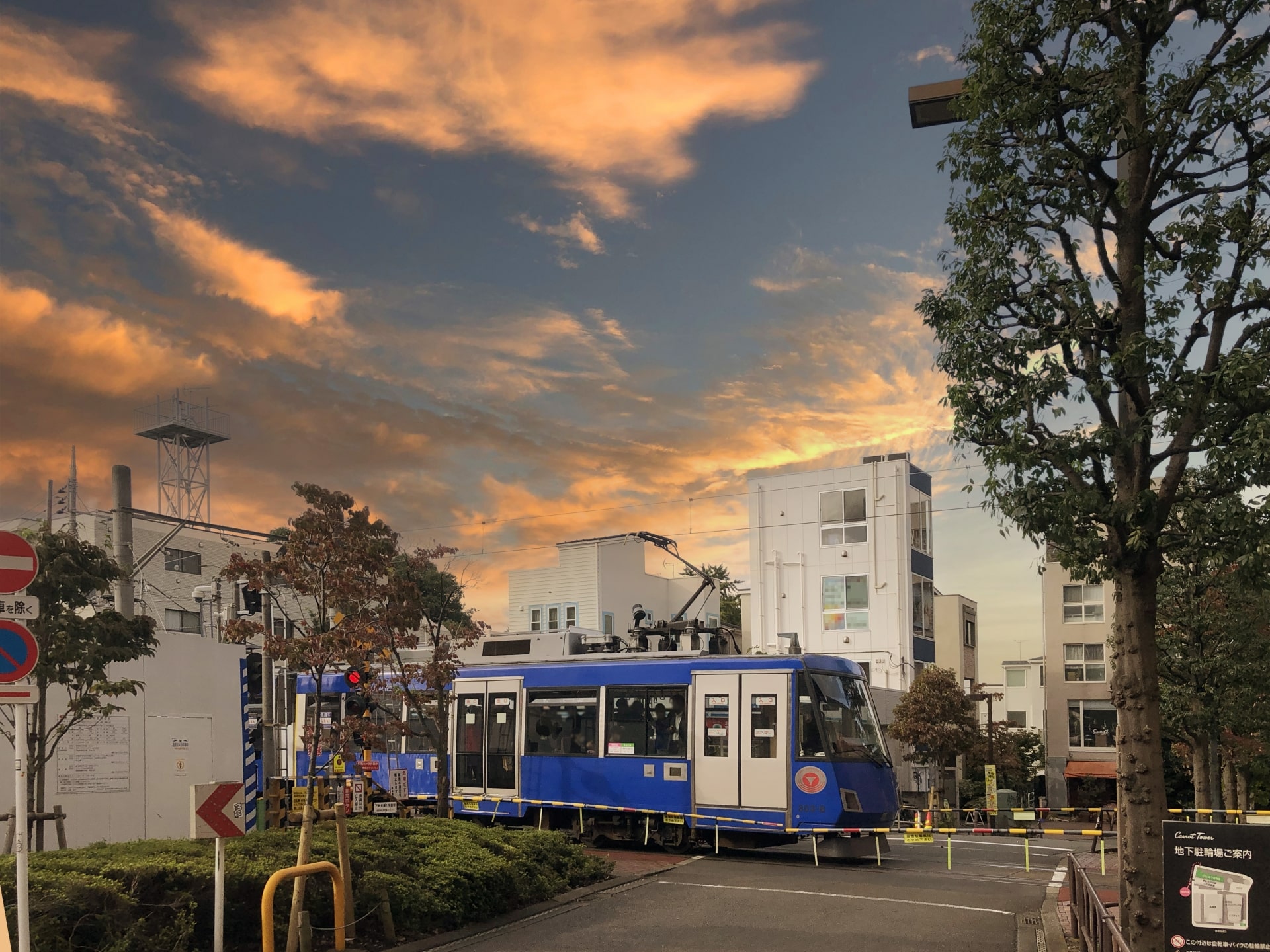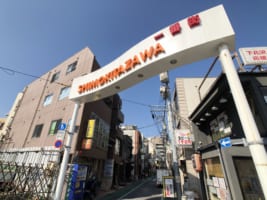Shimokitazawa: An All‑in‑One Guide for International Visitors
Shimokitazawa: Tokyo's Trendy Hub for Vintage Fashion and Alternative Culture
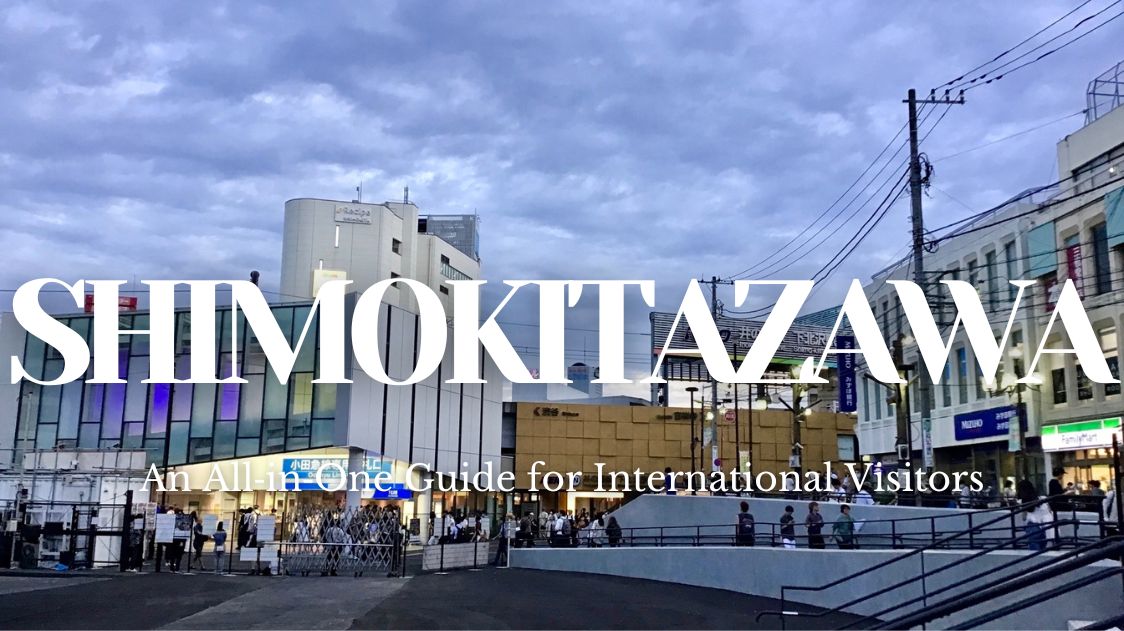
Shimokitazawa (下北沢), or “Shimokita” as it’s affectionately known, has long been a magnet for Tokyo’s creatives, musicians, and vintage fashion enthusiasts. Originally a farming village, the neighborhood underwent a major shift after World War II when it became a refuge for those seeking affordable housing.
Over the decades, its narrow alleyways filled with second-hand shops, independent theaters, and live music venues, making it one of Tokyo’s most distinctive cultural districts. Today, its mix of old-school charm and evolving modern influences attracts both locals and travelers looking for an alternative to Tokyo’s mainstream shopping and entertainment hubs.
This article will show you an overview of what the Shimokitazawa area in Tokyo is. For a more detailed list of things to do in Shimokitazawa, be sure to check out our list of Things to Do in Shimokitazawa.
1. Understanding Shimokitazawa
History & Evolution
The 1970s and 1980s saw a surge in its popularity as a hotspot for underground music and alternative lifestyles, solidifying its reputation as a hub for counterculture. Small independent theaters, experimental music venues, and a thriving second-hand fashion scene became defining features of the neighborhood, setting it apart from Tokyo’s commercialized districts.
Today, despite ongoing redevelopment, Shimokitazawa retains its unique, small-town feel, where winding alleys lead to an eclectic mix of old and new. Artists, students, and tourists continue to be drawn to its vintage charm, intimate live music spaces, and bohemian atmosphere, making it one of Tokyo’s most distinctive cultural enclaves.
Modern-day Character
According to Setagaya Ward Tourism Data (2024), approximately 150,000 visitors explore Shimokitazawa daily. Recent station area renovations, completed in 2023, introduced modern commercial spaces while carefully preserving the neighborhood’s signature maze-like streets and independent businesses. The district is now home to over 100 vintage clothing stores, 50 independent cafes, and some of Tokyo’s most iconic live music venues, making it a must-visit for anyone looking to experience the city’s alternative scene.
2. Shimokitazawa Access & Practical Tips
Ever wondered where is Shimokitazawa in Tokyo? It’s actually quite close to Shibuya, one of the most popular shopping and entertainment areas in the city!
How to Get to Shimokitazawa
- From Shibuya: 7 minutes via Keio Inokashira Line
- From Shinjuku: 15 minutes via Odakyu Line
- From Tokyo Station: 25 minutes via Chiyoda Line
- Station Usage: Over 70,000 passengers daily (Tokyo Metropolitan Transportation Bureau, 2024)
Shimokitazawa Station serves as a key transit hub for Setagaya Ward, offering easy connections to Tokyo’s major districts. The station’s compact size means visitors can quickly access the heart of the neighborhood upon arrival.
Navigation Tips
Shimokitazawa’s winding streets can feel like a labyrinth, but that’s part of its charm. The area is broadly divided into three main sections:
- North: A haven for vintage fashion lovers, with a dense cluster of second-hand clothing stores.
- South: The heart of Shimokitazawa’s live music and nightlife scene, packed with bars and concert venues.
- West: Known for its laid-back cafes, boutique shops, and small independent theaters.
Walking is the best way to explore, but keep an eye out for hidden alleys leading to lesser-known gems.
3. Shimokitazawa Shopping Highlights
Vintage & Second-hand Fashion
With over 100 vintage shops (Setagaya Commerce Association, 2024), Shimokitazawa is a dream destination for fashion lovers. Must-visit stores include:
- New York Joe Exchange: A former bathhouse turned American vintage store with a trade-in system.
- Flamingo: High-end vintage selections, including rare designer pieces.
- Chicago: A multi-floor warehouse stocked with affordable retro apparel.
Record Stores & Music Shops
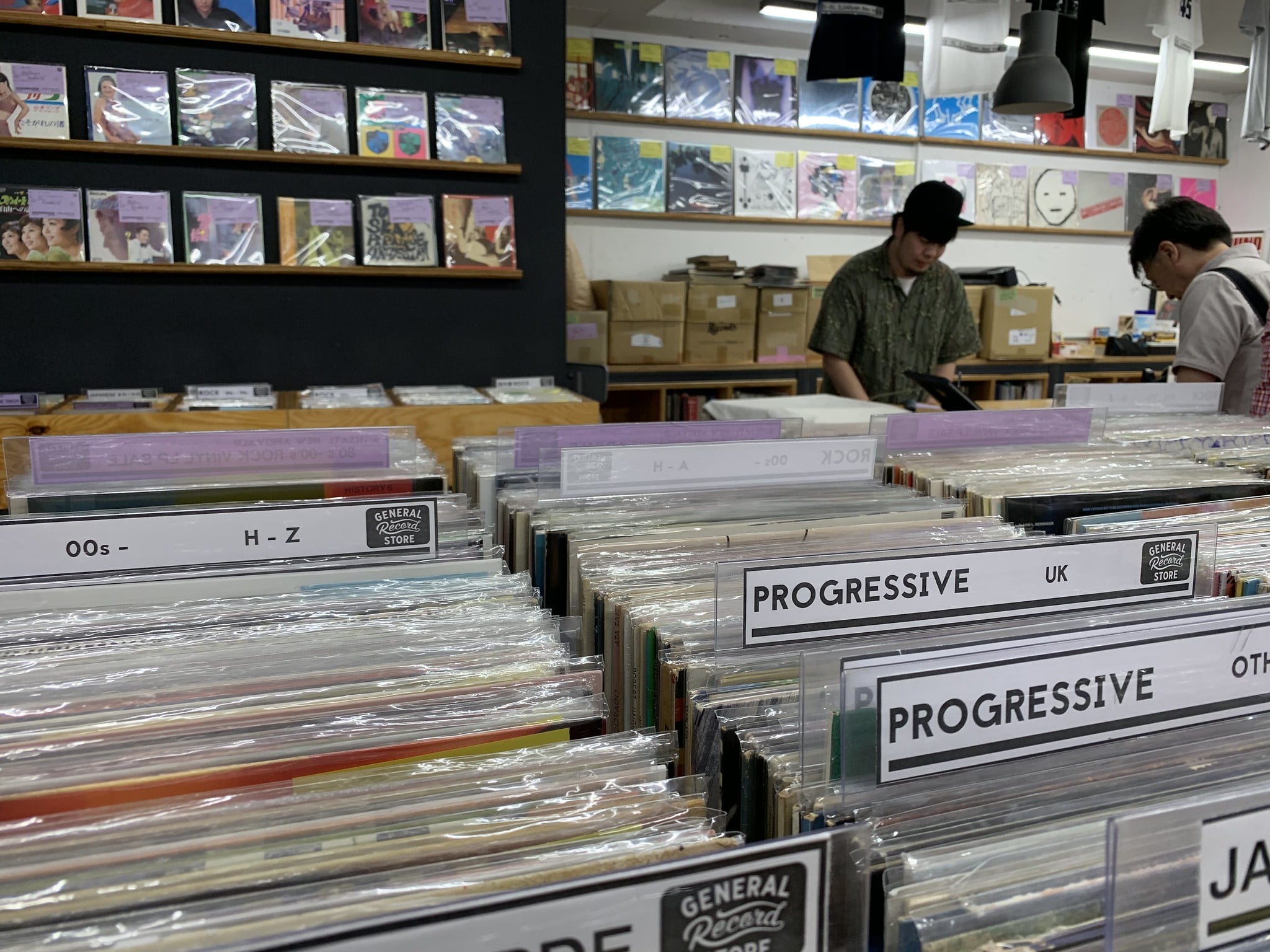
Shimokitazawa’s music culture extends beyond its live venues to its thriving record store scene. Notable stops include:
- Flash Disc Ranch: Specializing in rare vinyl collections.
- City Country City: A hybrid record store and café curated for music aficionados.
- RANA-MUSICA: Focused on Japanese underground and indie music.
Independent Boutiques
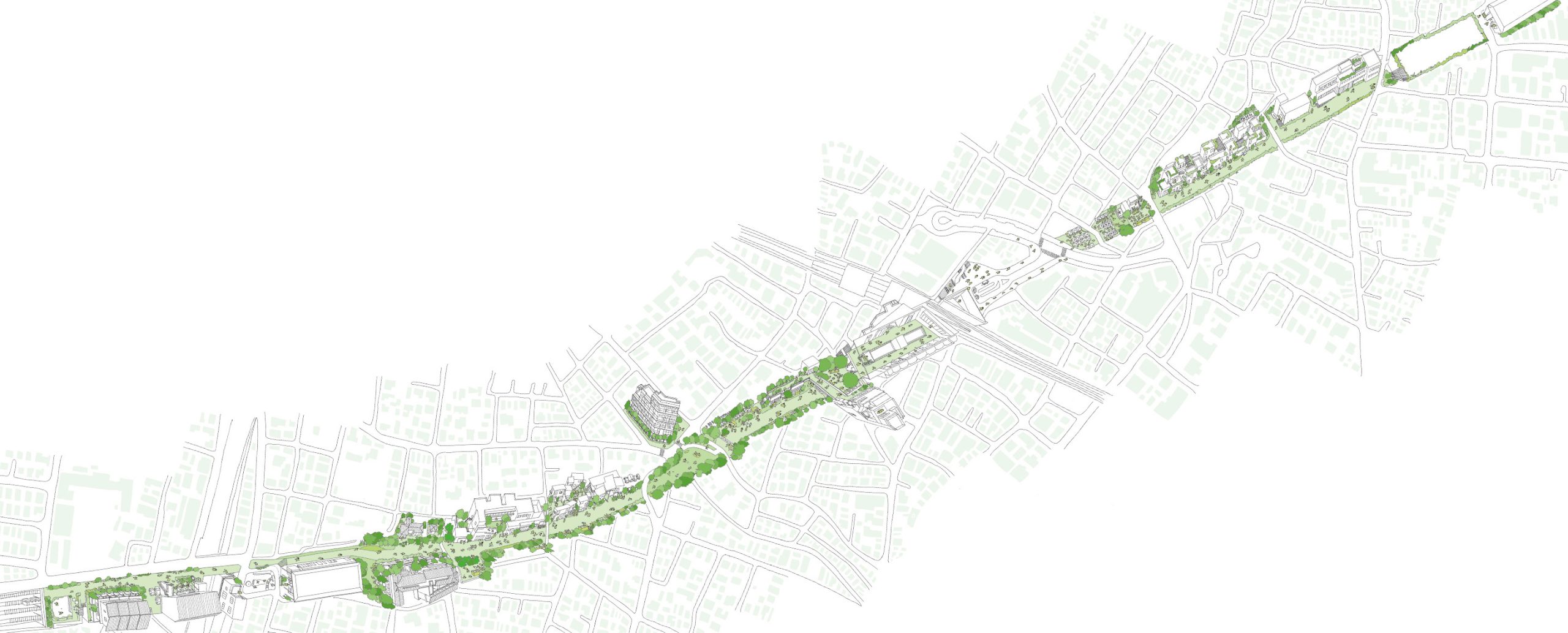
Beyond vintage, the neighborhood also supports local artisans and designers. The Shimokita Senrogai (下北線路街) development (2023) introduced 15 new independent boutiques under the railway tracks, integrating modern retail with Shimokitazawa’s signature indie spirit.
4. Shimokitazawa Dining & Drink Scene
Cafes
Shimokitazawa boasts more than 50 independent coffee spots, including:
- Bear Pond Espresso: Known for its meticulously crafted espresso drinks.
- Bookends Coffee Service: A cozy and casual spot with a nice selection of coffee.
- Flipper’s: The Shimokitazawa branch of a beloved pancake establishment and one of the most popular spots in the neighborhood.
Dining Options
Shimokitazawa is known for its rich and diverse curry culture, earning it the title of Tokyo’s “curry district.” The annual Shimokitazawa Curry Festival celebrates this local specialty, drawing food lovers from across the city. Some must-visit curry spots include:
- Rojiura Curry Samurai: Famous for its hearty soup curry with customizable spice levels and fresh vegetables.
- Ponipirika: Serving rich, Hokkaido-style soup curry with deep umami flavors.
- Kyuyam-tei Curry: A long-established shop known for its thick, aromatic Japanese curry with tender cuts of meat.
Beyond curry, the area also offers a range of street food and fusion eateries, with many highly rated options found throughout the neighborhood. Shimokitazawa is also home to a variety of notable fusion and street food establishments, adding to the area’s diverse dining scene. Mikan Shimokita, a recent development next to the station, also houses a mix of restaurants, including artisanal burger joints and specialty gyoza spots, providing visitors with an interesting selection of casual dining options.
Evening Spots
When the sun sets, Shimokitazawa’s nightlife unfolds with:
- Craft beer bars offering locally brewed selections.
- Cozy jazz clubs perfect for a relaxed evening.
- Traditional izakayas where locals and travelers mingle over drinks and small plates.
5. Shimokitazawa Culture & Entertainment
Live Music Venues
The district has long been a breeding ground for Tokyo’s underground music scene, with venues such as:
- Shimokitazawa SHELTER: A legendary live house operating since 1991.
- Three: A hub for indie musicians and experimental performances.
- Shimokitazawa ERA: Shimokitazawa ERA, an established live music venue, hosts multi-genre acts and underground performances.
Theaters
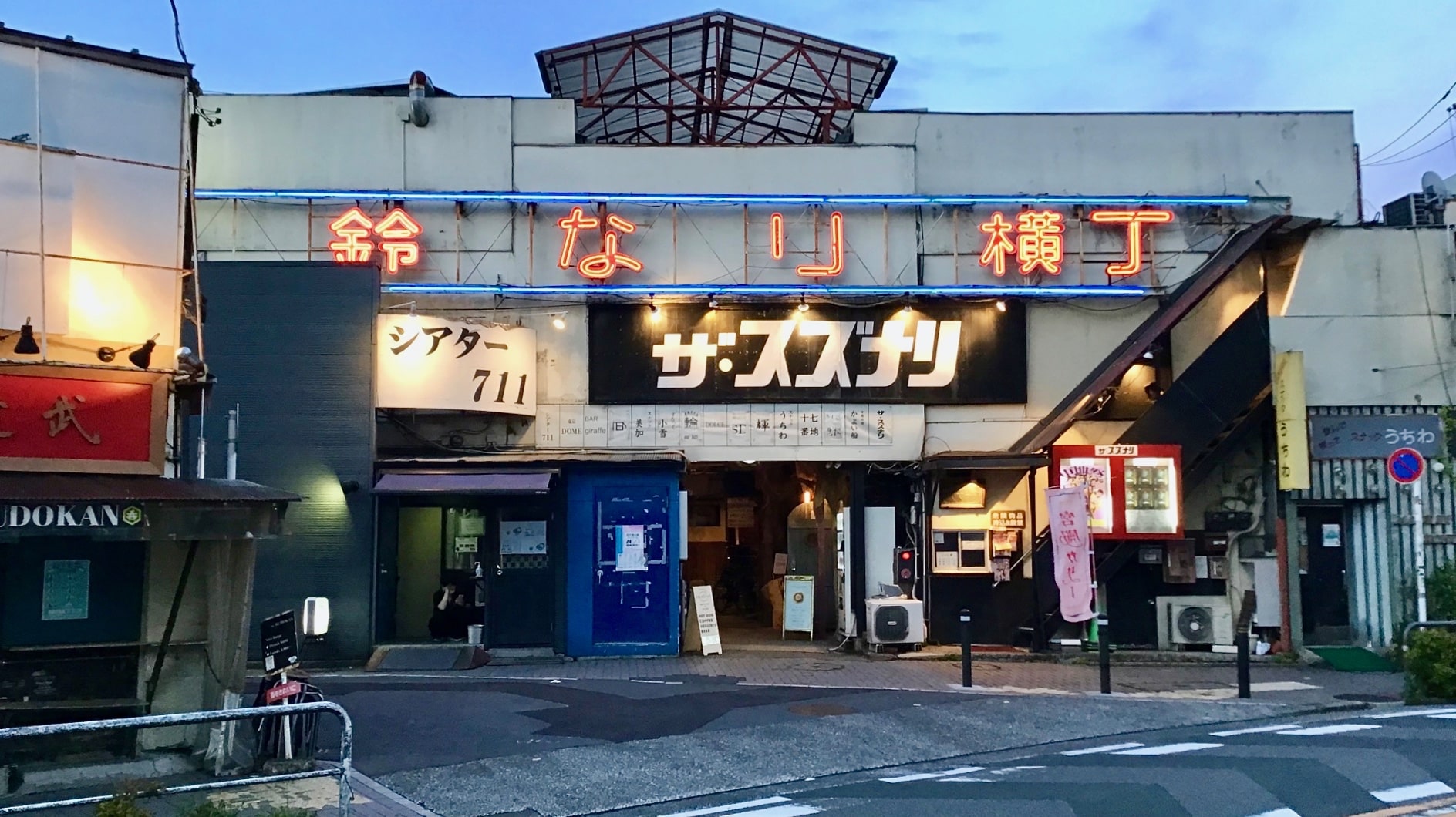
Honda Gekijo
Established in 1982 by former actor Kazuo Honda, Honda Gekijo (本多劇場) has been a cornerstone of Shimokitazawa’s theater community. It gained prominence during the 1980s, hosting influential troupes such as Noda Hideki’s Yume no Yuminsha and Kokami Shoji’s Daisan Butai. The theater continues to be a hub for contemporary performances.
The Suzunari:
Founded in 1981 as a rehearsal space for Honda’s acting school, The Suzunari (ザ・スズナリ) has evolved into a beloved venue for intimate performances. The building’s first floor houses Suzunari Yokocho, an alleyway featuring various eateries and bars, enhancing the cultural experience for theatergoers.
Toen Parata:
As Shimokitazawa’s oldest small-scale theater, Toen Parata (東演パラータ) is favored by students and emerging troupes for its affordable rates and five-meter-high ceiling, which allows for versatile stage designs.
6. Shimokitazawa Recommended Itineraries
 Half-Day Visit
Half-Day Visit
For those with limited time, this itinerary offers a compact yet authentic experience of Shimokitazawa’s highlights:
- Morning: Start with vintage shopping at iconic stores like New York Joe Exchange and Flamingo to hunt for rare and stylish second-hand fashion finds.
- Lunch: Enjoy a relaxed meal at a cozy local café such as Frankie for an Australian-style brunch or Coffein, known for its nostalgic charm and expertly brewed coffee.
- Afternoon: Explore the indie music scene by visiting Flash Disc Ranch or City Country City, where you can browse vinyl collections while sipping on freshly brewed coffee.
- Morning: Browse vintage shops and explore second-hand fashion stores.
- Lunch: Grab a bite at a cozy local café.
- Afternoon: Visit a record store and explore the district’s indie music scene.
Full-Day Experience
For those who want to take in the district’s unique atmosphere at a leisurely pace, this full-day itinerary provides a well-rounded experience:
- Morning: Begin with breakfast at Bear Pond Espresso, one of Tokyo’s most famous specialty coffee spots, before strolling through Shimokita Senrogai, a creative shopping area housing independent boutiques and local designers.
- Afternoon: Enjoy lunch at one of Shimokitazawa’s acclaimed curry spots like Rojiura Curry Samurai, followed by a visit to local art galleries or artisan craft shops tucked away in hidden alleys.
- Evening: Experience the neighborhood’s cultural side with a live music performance at Shimokitazawa SHELTER or an experimental theater show at Honda Theater. End the night with a drink at a jazz club or craft beer bar.
Weekend Plan
For those spending an entire weekend in Shimokitazawa, this two-day itinerary provides a deeper exploration of the district’s creative scene:
- Day 1:
- Morning: Explore hidden boutiques and shop for unique vintage finds.
- Afternoon: Savor lunch at a top-rated curry restaurant, then visit a flea market or craft fair for local artisan goods.
- Evening: Catch an indie music gig at Three or enjoy a performance at one of the district’s small theaters.
- Day 2:
- Morning: Enjoy a slow breakfast at a local café before visiting hidden rooftop gardens and lesser-known artist studios.
- Afternoon: Discover secret passage shortcuts leading to tucked-away bookstores and design shops.
- Evening: Unwind with dinner at a laid-back izakaya before exploring the nightlife scene, with options ranging from live music venues to intimate sake bars.
7. Shimokitazawa Local Secrets & Hidden Gems
Off-the-beaten-path Locations
- Rooftop gardens offering serene views over the district, tucked away above small shops and cafes, providing a quiet escape from the lively streets below.
- Small alleyways and passageways that reveal lesser-known bookstores, indie art galleries, and hole-in-the-wall eateries.
- Local artists’ studios showcasing handmade crafts, contemporary art, and experimental works, often featuring open-studio days where visitors can interact with creators.
Community Spaces
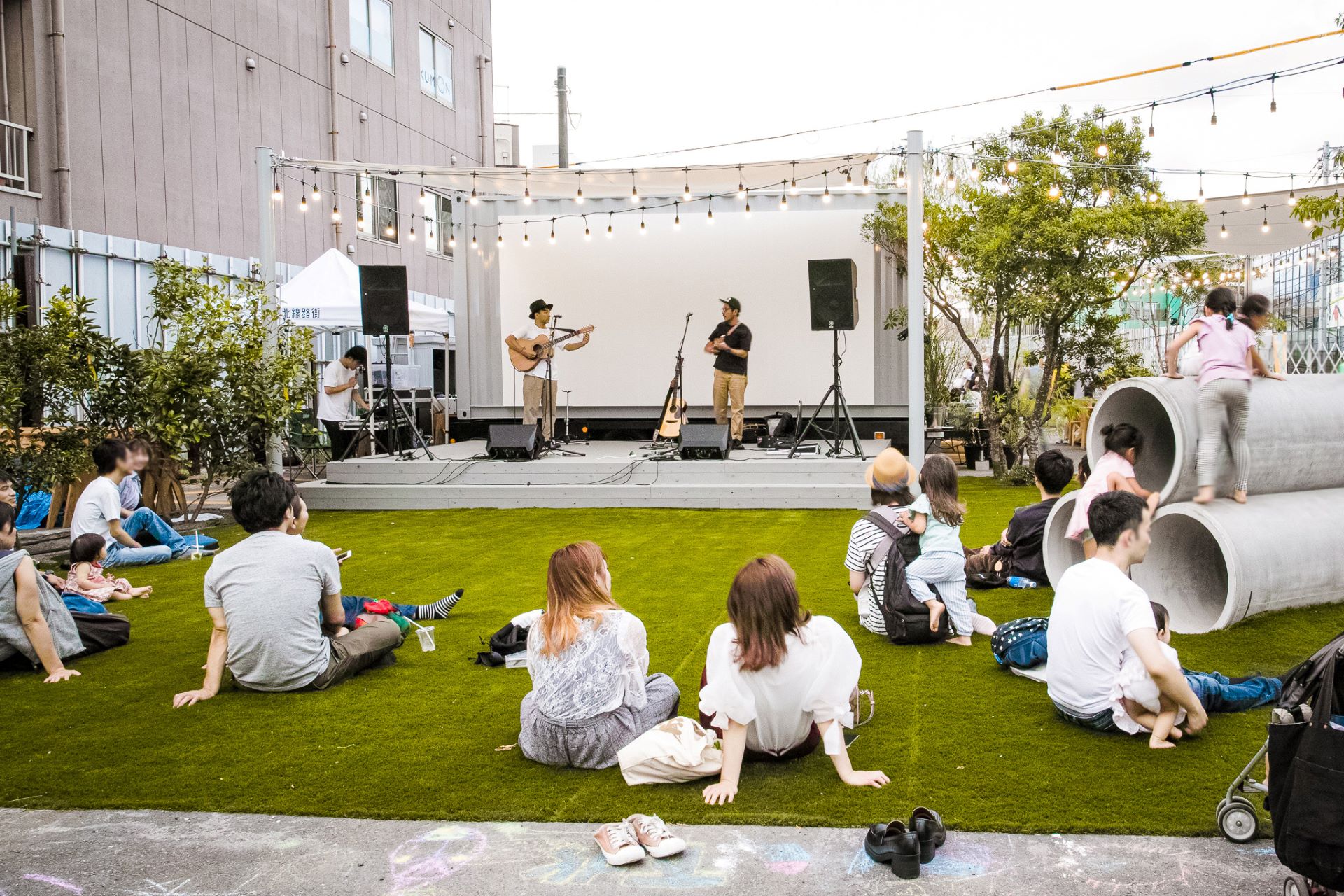
- Senrogai Open Space: A dynamic community hub hosting pop-up markets, live performances, art installations, and food stalls, making it a hotspot for creatives and entrepreneurs.
- Bonus Track: A newly developed multi-purpose space featuring small businesses, coffee stands, and event spaces, fostering a sense of community and innovation in the district.
8. Shimokitazawa Practical Info & Travel Tips
Best Times to Visit
- Weekday afternoons: Ideal for relaxed shopping with fewer crowds, making it easier to browse vintage stores and enjoy the local cafes.
- Weekends: The district comes alive with street performances, pop-up markets, and an energetic nightlife scene, making it a great time for those looking for a lively atmosphere.
- Seasonal highlights:
- February: Shimokitazawa Tengu Festival – A Setsubun celebration featuring a parade of participants dressed as mythical tengu scattering lucky beans to ward off evil spirits.
- June: Shimokitazawa Railway Festival – A showcase of independent or local music performances.
- Mid-August: Shimokitazawa Awa Odori Festival – Traditional Japanese dance performances with live music filling the streets.
- Late-August: Shimokitazawa Bon Odori Festival – Another traditional Japanese Summer festivity.
- October: Shimokitazawa Curry Festival – A month-long event where over 100 local restaurants create special curry dishes, cementing the district’s reputation as Tokyo’s “curry town.”
- December: Winter Illumination & Christmas Markets – Cafés and select streets are decorated with festive lights, and small seasonal markets offer handmade crafts and holiday treats.
Money Matters
- Many vintage shops are cash-only, so carrying some yen is recommended.
- International credit cards are accepted at newer establishments, including many cafes and modern boutiques.
- ATMs are available at major convenience stores and banks throughout the district, ensuring easy access to cash when needed.
Digital Connectivity
- Free Wi-Fi spots are available in select cafes, major shopping areas, and around Shimokitazawa Station. However, for better internet connection, you can rent a Pocket WiFi or purchase a SIM card/eSIM when arriving to Japan.
- Reliable mobile coverage ensures smooth access to maps and travel apps.
- Recommended apps for navigation, dining, and shopping include Google Maps, PayPay (for cashless payments), and Gurunavi for restaurant recommendations.
9. Frequently Asked Questions
- What’s the best time to visit Shimokitazawa?
Shimokitazawa is enjoyable year-round, but the best time to visit depends on what you’re looking for. Weekdays in the afternoon are ideal for quieter shopping and café-hopping, while weekends bring a lively atmosphere with street performances and local events. Seasonal highlights like the Shimokitazawa Curry Festival (October) and Awa Odori Festival (August) add unique experiences.
- How does it compare to Harajuku?
While both neighborhoods are known for fashion and youth culture, Shimokitazawa is more relaxed, with a focus on vintage fashion, independent music, and underground arts. Harajuku is trendier, with big-name brands, colorful street fashion, and a faster-paced atmosphere. If you prefer curated second-hand finds and indie culture, Shimokitazawa is the better fit.
- Are prices negotiable in vintage shops?
Unlike flea markets, most vintage clothing shops in Shimokitazawa have fixed prices. However, some stores like New York Joe Exchange operate a trade-in system, allowing customers to swap clothes for discounts. Occasionally, smaller independent shops may offer slight discounts on bulk purchases, but haggling is generally not common in Japan.
- What’s the dress code for local venues?
Shimokitazawa is known for its casual, artsy vibe, so most venues have no strict dress code. Live houses and izakayas encourage a laid-back style, but some higher-end jazz bars and cocktail lounges may prefer smart-casual attire. If attending a small theater performance, dressing neatly is appreciated but not mandatory.
- How late do shops stay open?
Most vintage clothing stores and boutiques close around 8:00 PM to 9:00 PM, though some cafes and restaurants stay open later. Bars and izakayas typically remain open until midnight or later, and live music venues often run shows until 11:00 PM to 1:00 AM.
Related Areas to Explore
Kichijoji
Kichijoji, located 10 minutes by train, is a popular neighborhood known for Inokashira Park, trendy cafes, and a mix of shopping options ranging from high-end boutiques to vintage stores. Kichijoji is perfect for those looking for a balance between nature and city life.
Daikanyama
Daikanyama is an upscale yet relaxed area featuring designer boutiques, stylish cafes, and the T-Site bookstore complex. Located 15 minutes away via Shibuya, it’s a great spot for leisurely shopping and high-quality dining.
Sangenjaya
Just 10 minutes away by bus, Sangenjaya is a vibrant, local-favorite neighborhood known for its izakayas, craft beer bars, and Showa-era alleyways. It’s a great place for an authentic Tokyo nightlife experience away from tourist-heavy areas.
Shimokitazawa is a neighborhood that thrives on creativity, community, and individuality. Every visit offers something new anytime you’re exploring its legendary vintage shops, discovering live music in an intimate venue, or indulging in its fun dining culture. Unlike Tokyo’s more commercialized districts, Shimokitazawa maintains a unique, small-town charm that continues to attract artists, musicians, and those in search of an authentic experience.
Enjoy the best of Shimokitazawa with this Shimokitazawa guide!
Written by
Photographer, journalist, and avid urban cyclist, making sense of Japan since 2017. I was born in Caracas and lived for 14 years in Barcelona before moving to Tokyo. Currently working towards my goal of visiting every prefecture in Japan, I hope to share with readers the everlasting joy of discovery and the neverending urge to keep exploring.





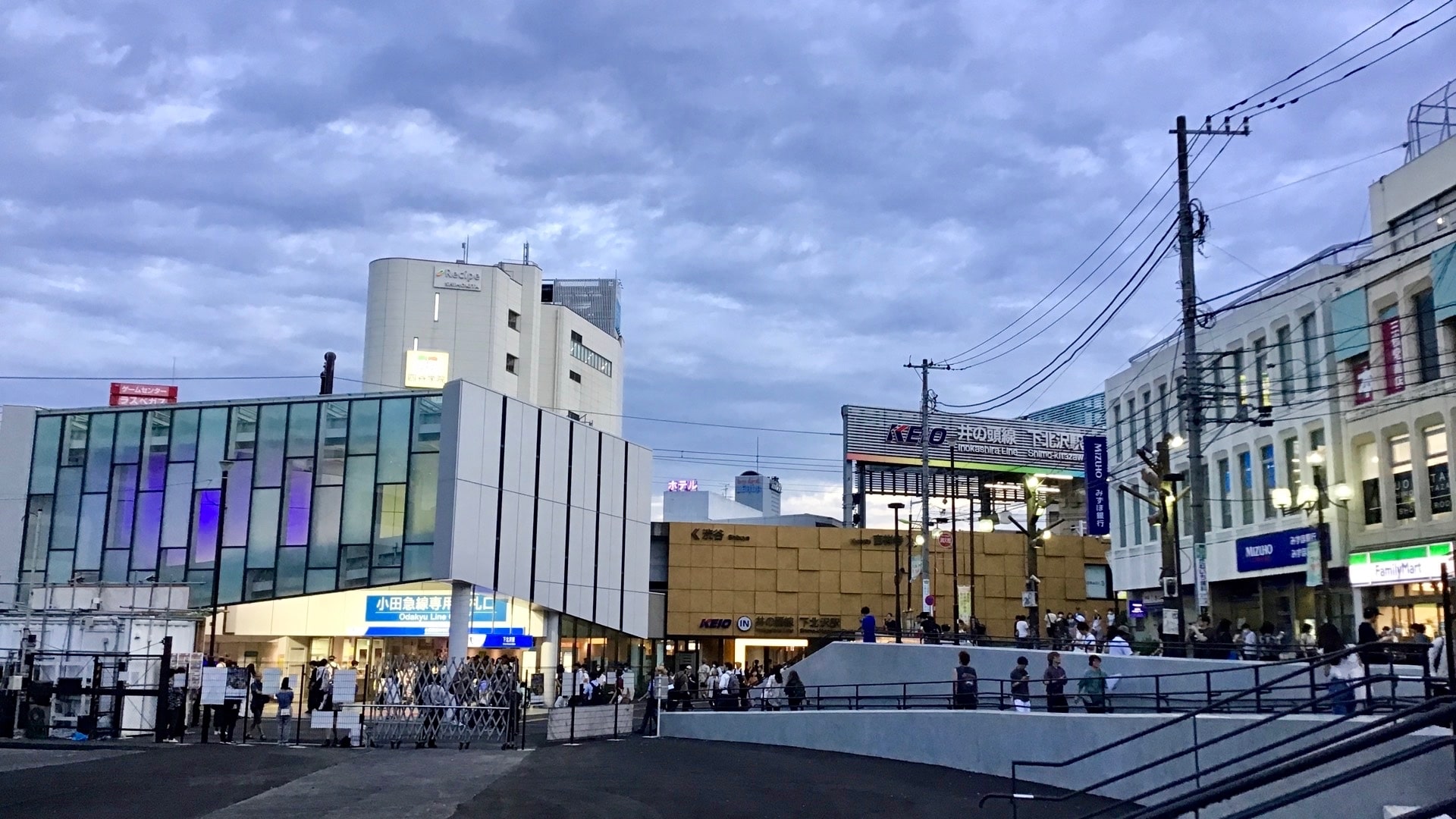
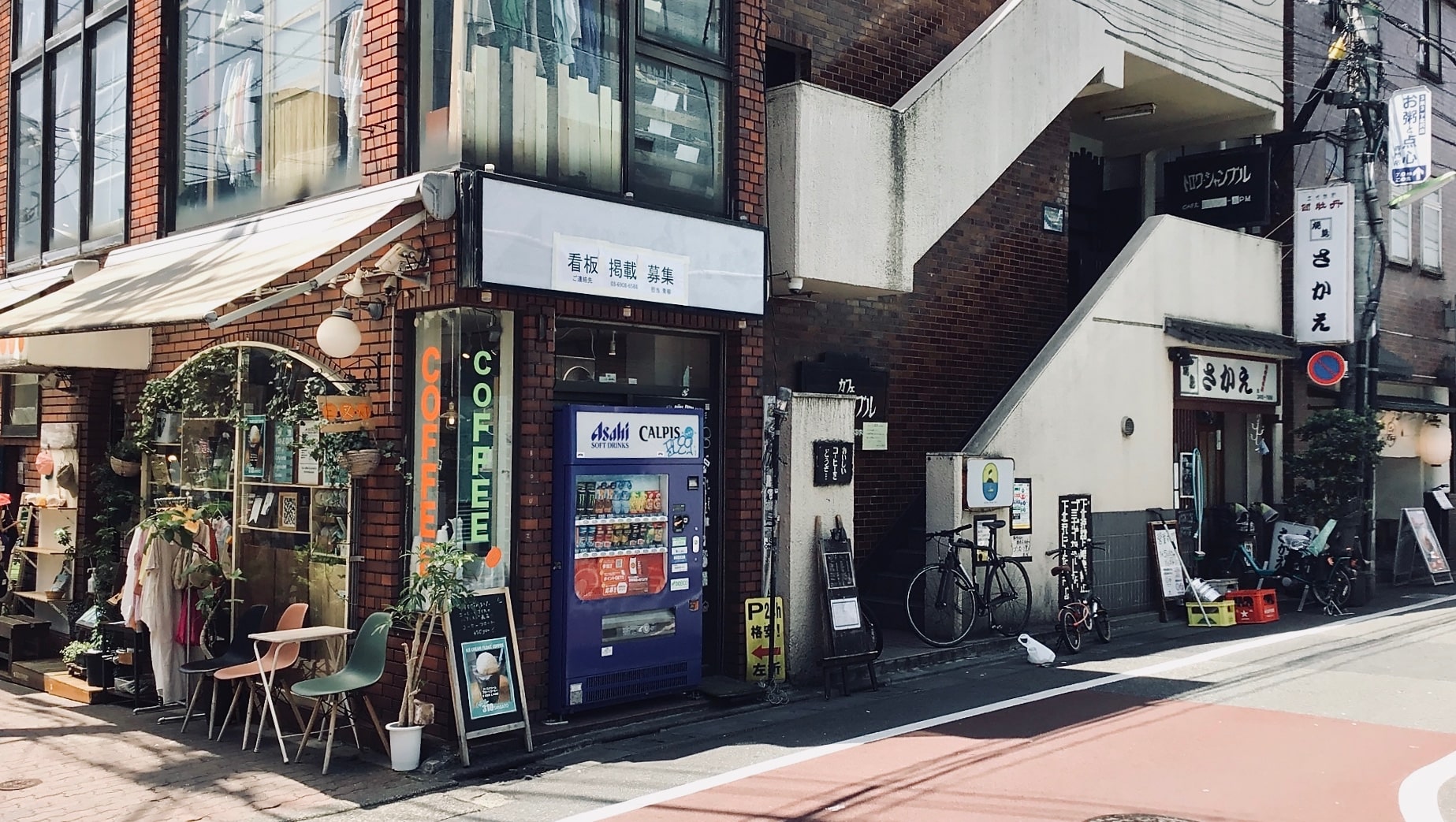
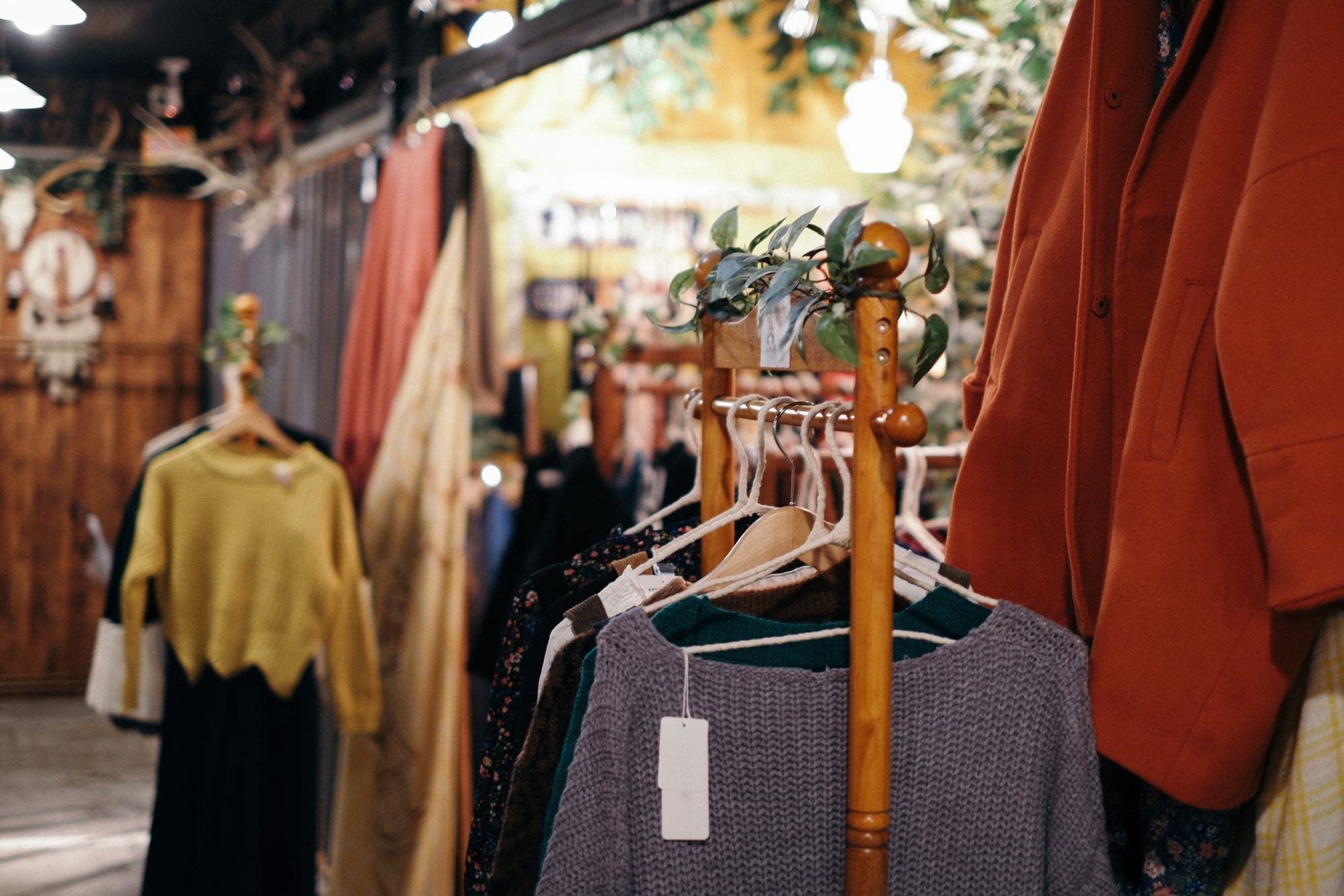
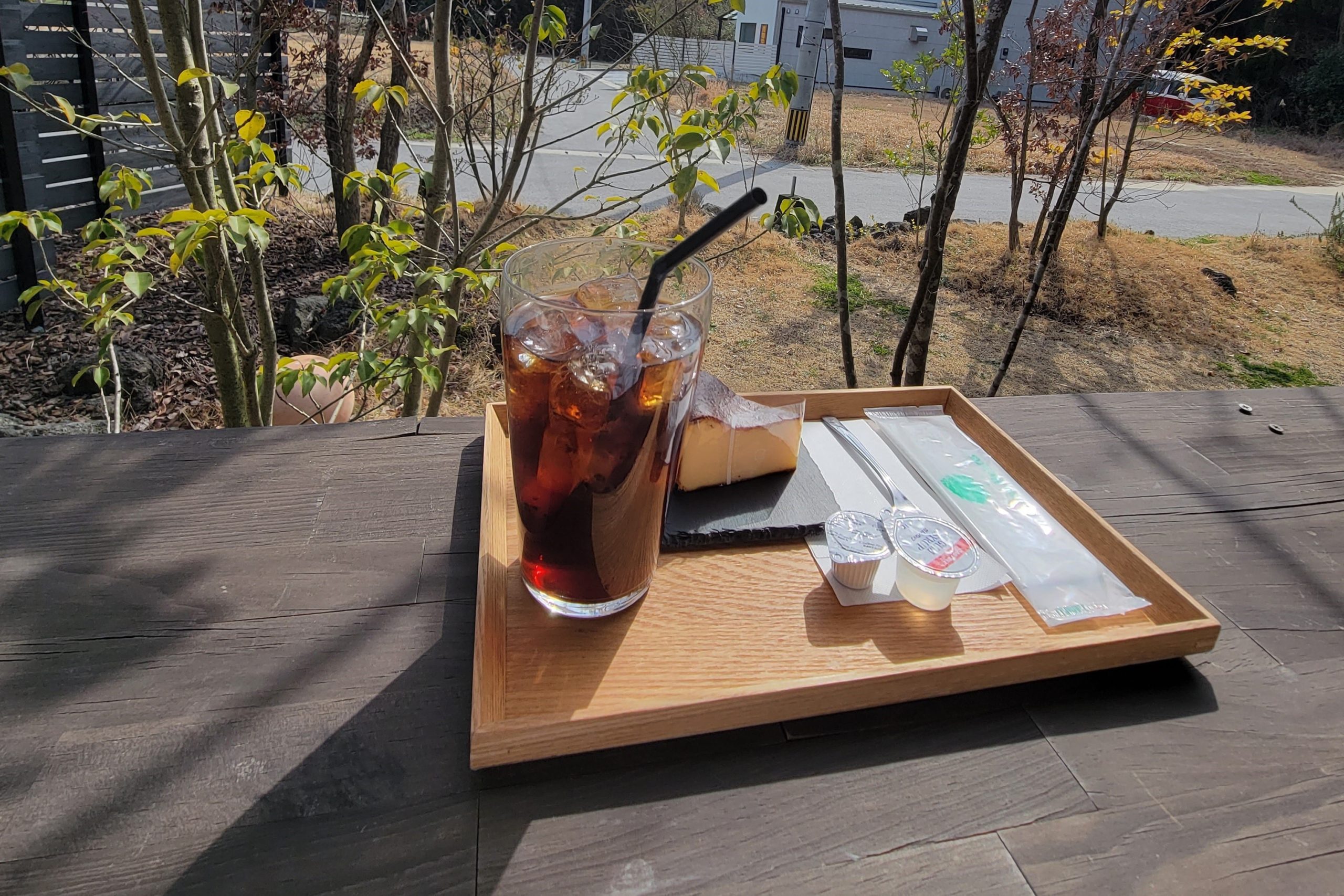
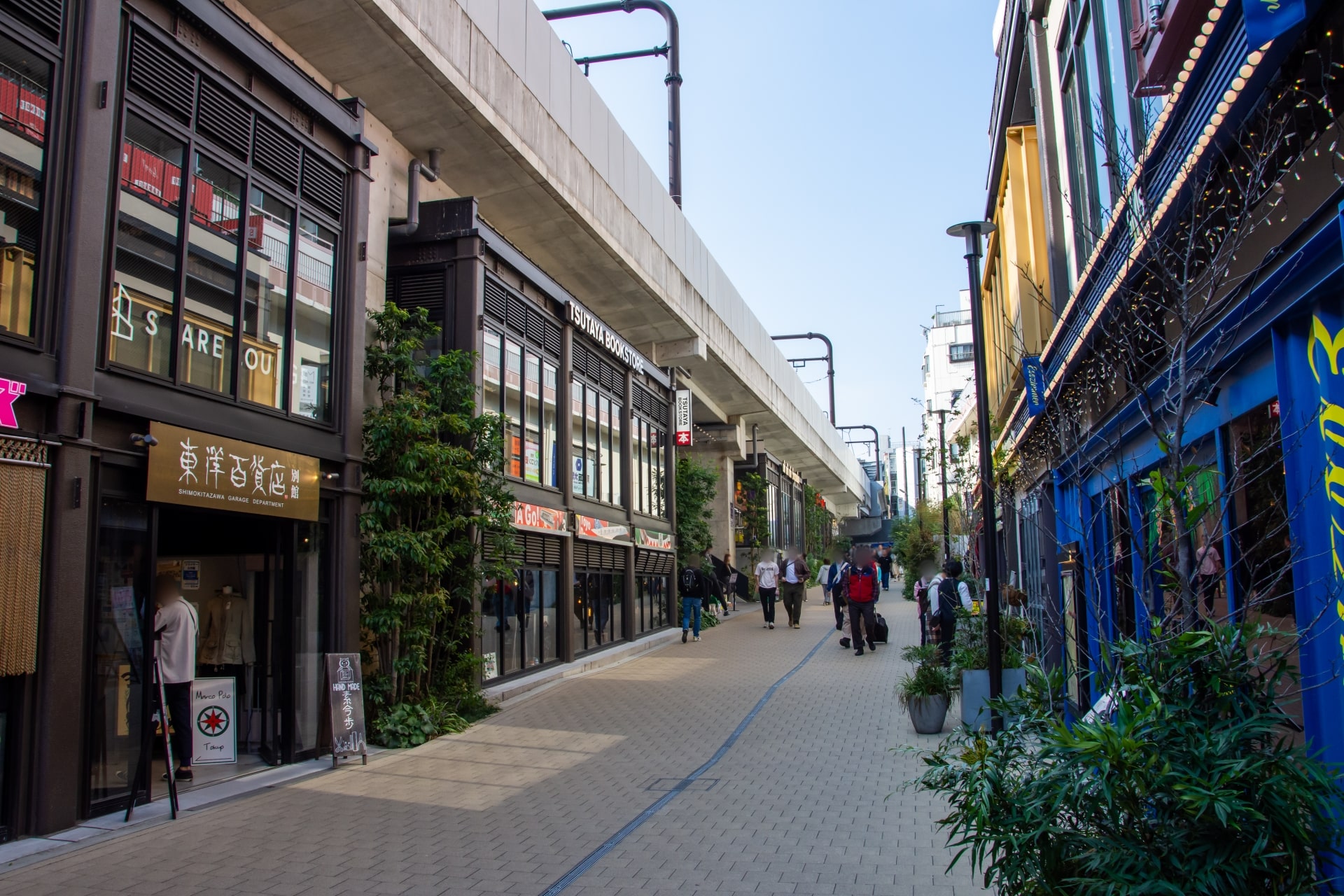
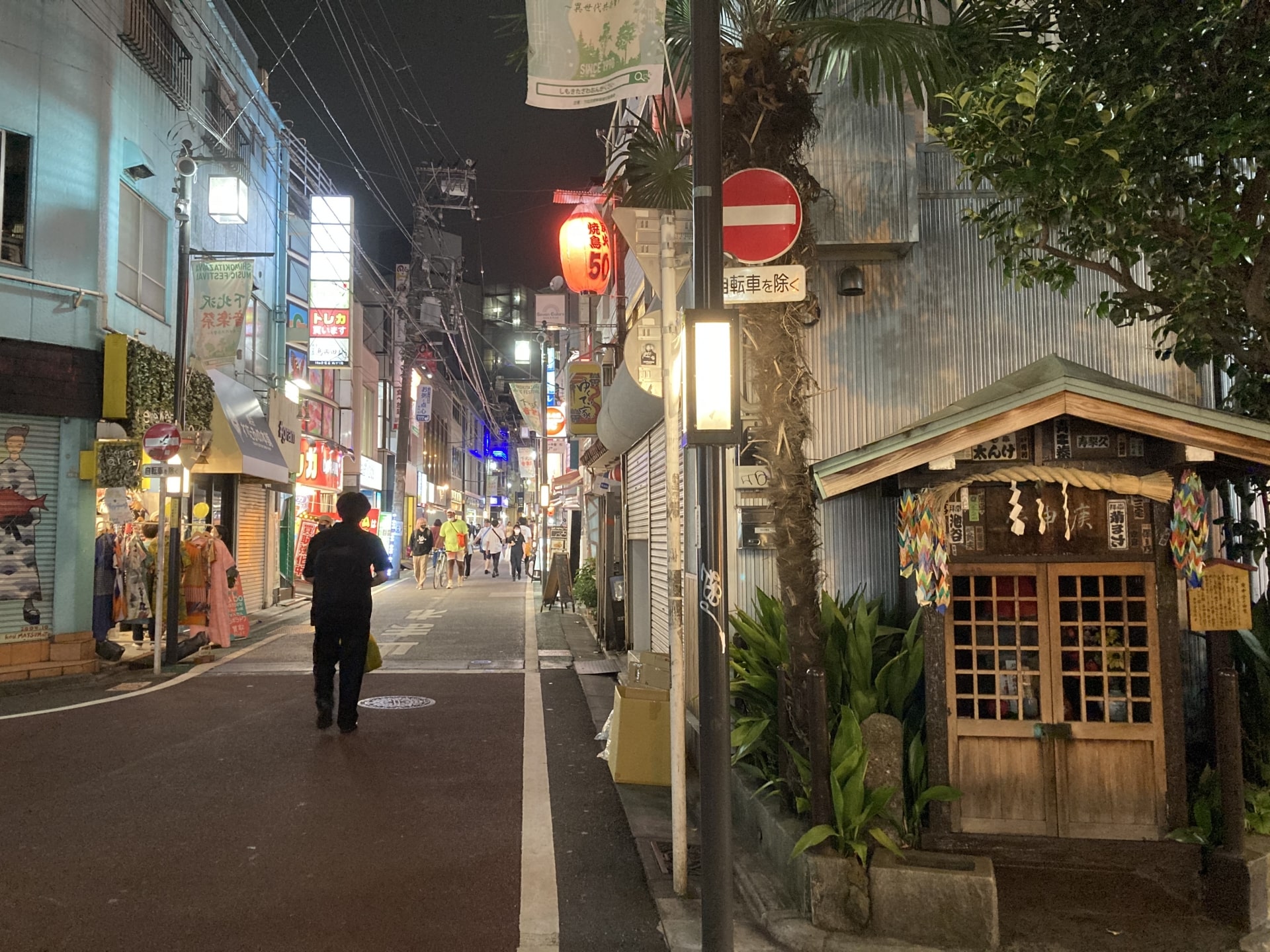

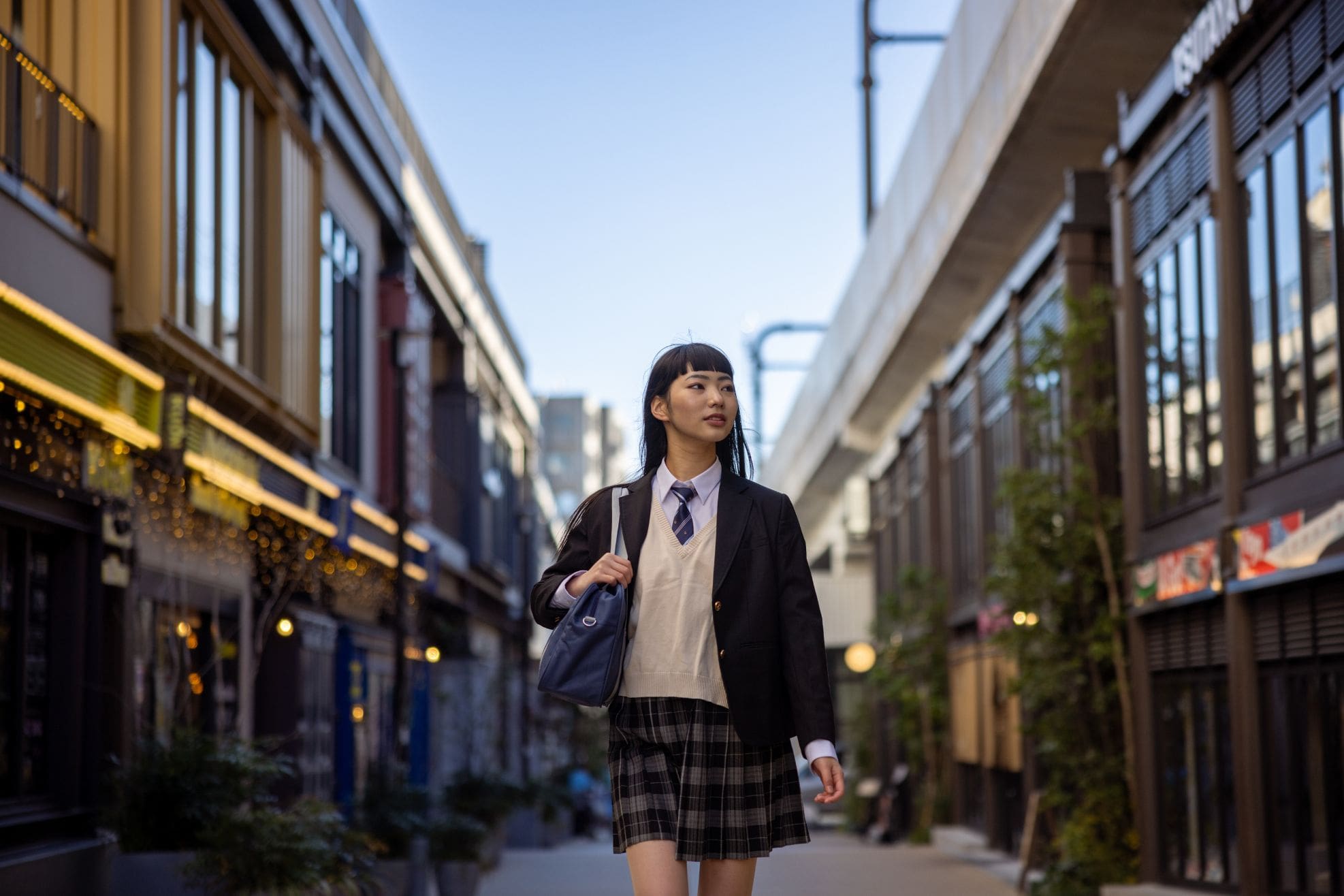 Half-Day Visit
Half-Day Visit